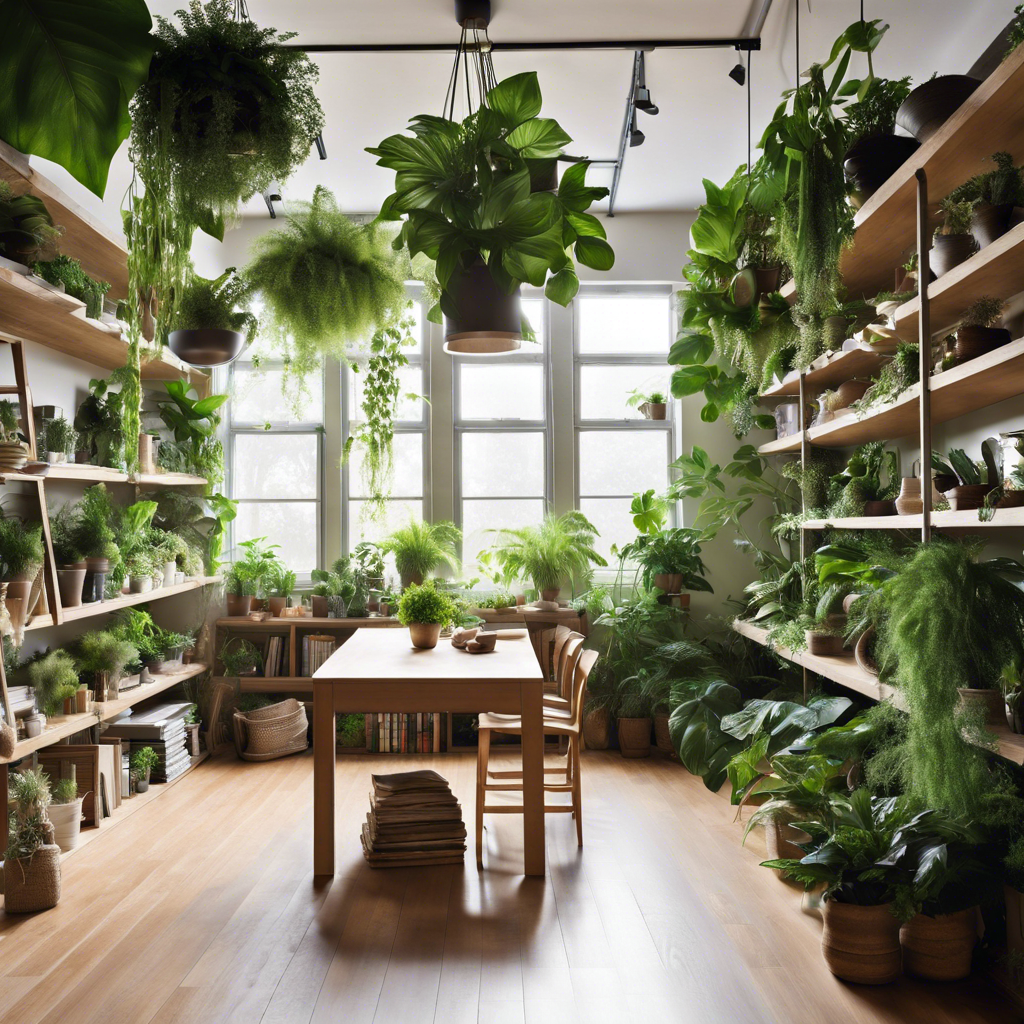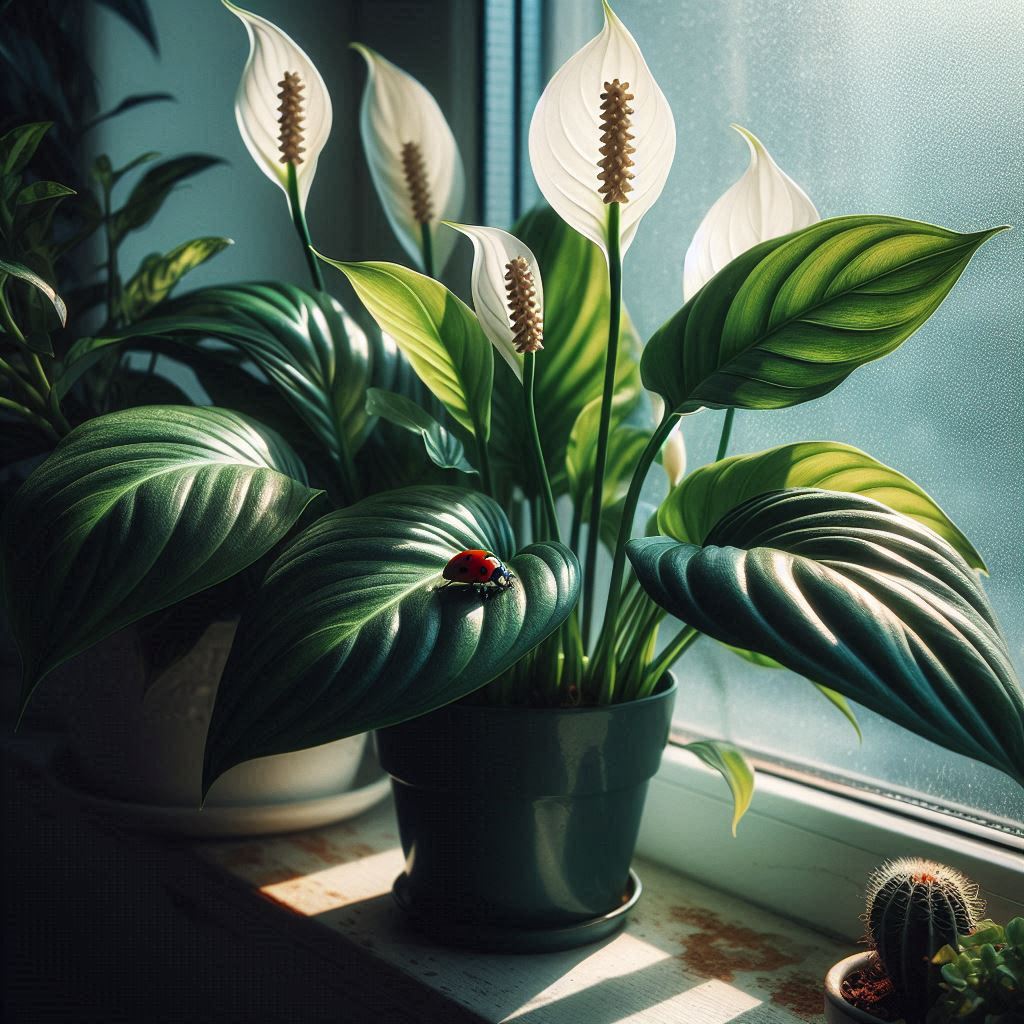
Indoor plants
The Peace Lily: A Beginner’s Guide to This Beautiful Indoor Plant


DINKAR
10/20/2024
Introduction
If you’re looking for a stunning indoor plant that’s not only easy to care for but also enhances your living space, look no further than the Peace Lily (Spathiphyllum). With its lush green leaves and elegant white blooms, this plant is a favorite among plant enthusiasts and beginners alike. In this blog post, we’ll explore the care requirements, benefits, and common issues associated with the Peace Lily, making it an essential addition to your indoor garden.
What is a Peace Lily?
The Peace Lily, often referred to as a “spath,” is native to the tropical rainforests of Central and South America. It belongs to the Araceae family and is known for its glossy leaves and unique white flowers, which are actually modified leaves called spathes that enclose the true flowers.
Care Requirements for Peace Lily
Caring for a Peace Lily is relatively straightforward, making it an ideal choice for beginners. Here are the essential care tips to keep your Peace Lily thriving:
- Light Requirements:
- Peace Lilies thrive in low to medium, indirect light. While they can tolerate low light conditions, they flourish best in bright, filtered light. Avoid placing them in direct sunlight, as it can scorch their leaves.
- Watering:
- Water your Peace Lily when the top inch of soil feels dry. They prefer to be kept slightly moist, but overwatering can lead to root rot. If the leaves start to droop, it’s a sign that your plant needs water.
- Humidity:
- Peace Lilies enjoy humidity, making them perfect for bathrooms or kitchens. If your home is particularly dry, consider misting the leaves or placing a humidifier nearby.
- Temperature:
- This plant thrives in temperatures between 65°F and 85°F (18°C to 29°C). Keep them away from cold drafts and extreme temperature fluctuations.
- Soil and Potting:
- Use a well-draining potting mix, such as a peat-based soil, to help retain moisture while preventing root rot. Repot your Peace Lily every 1-2 years to refresh the soil and allow for growth.
Benefits of Peace Lily
Aside from their stunning appearance, Peace Lilies offer several benefits:
- Air Purification: Peace Lilies are known for their air-purifying properties. According to NASA’s Clean Air Study, they can remove toxins such as formaldehyde, benzene, and carbon monoxide from the air, making them excellent for improving indoor air quality.
- Easy to Care For: As mentioned, Peace Lilies are low-maintenance plants, making them ideal for beginners or busy individuals who want to add a touch of greenery to their home.
- Aesthetic Appeal: The contrast of the dark green leaves and white blooms makes Peace Lilies a stylish addition to any décor, adding elegance and tranquility to your space.
Common Issues with Peace Lily
While Peace Lilies are generally hardy, they can face some common problems:
- Yellowing Leaves: This can indicate overwatering or too much direct sunlight. Adjust your watering routine and ensure the plant is in an appropriate light setting.
- Brown Tips: Brown leaf tips may be a sign of low humidity or underwatering. Increase humidity levels or ensure consistent watering.
- Drooping Leaves: If your Peace Lily’s leaves are drooping, it may be a sign that it needs water. However, if the plant is overwatered, the leaves may also droop. Check the soil moisture before watering again.
Conclusion
The Peace Lily is a fantastic choice for anyone looking to bring some life into their indoor space. With its beautiful foliage, easy care requirements, and air-purifying benefits, it’s no wonder this plant has become a popular choice among both new and experienced plant owners. So why not add a Peace Lily to your home today? It’s a small step that can make a big difference in your indoor environment!